Mineral Zinc Oxide
Known to reduce inflammation & balance skin tone
Aloe Vera
A botanical known to help moisturise, soothe & hydrate skin
Vitamin E
An antioxidant known to moisturise & nourish skin
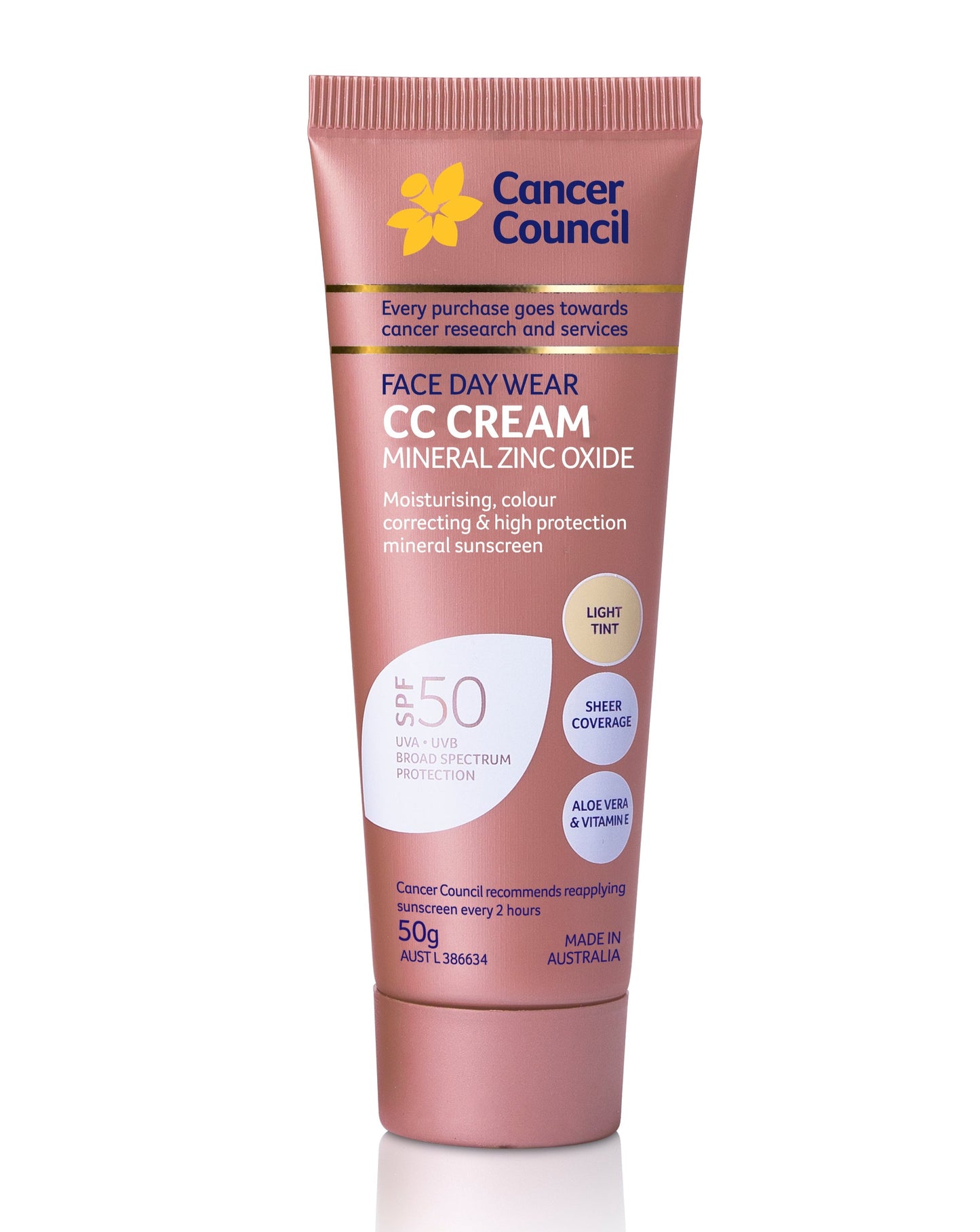
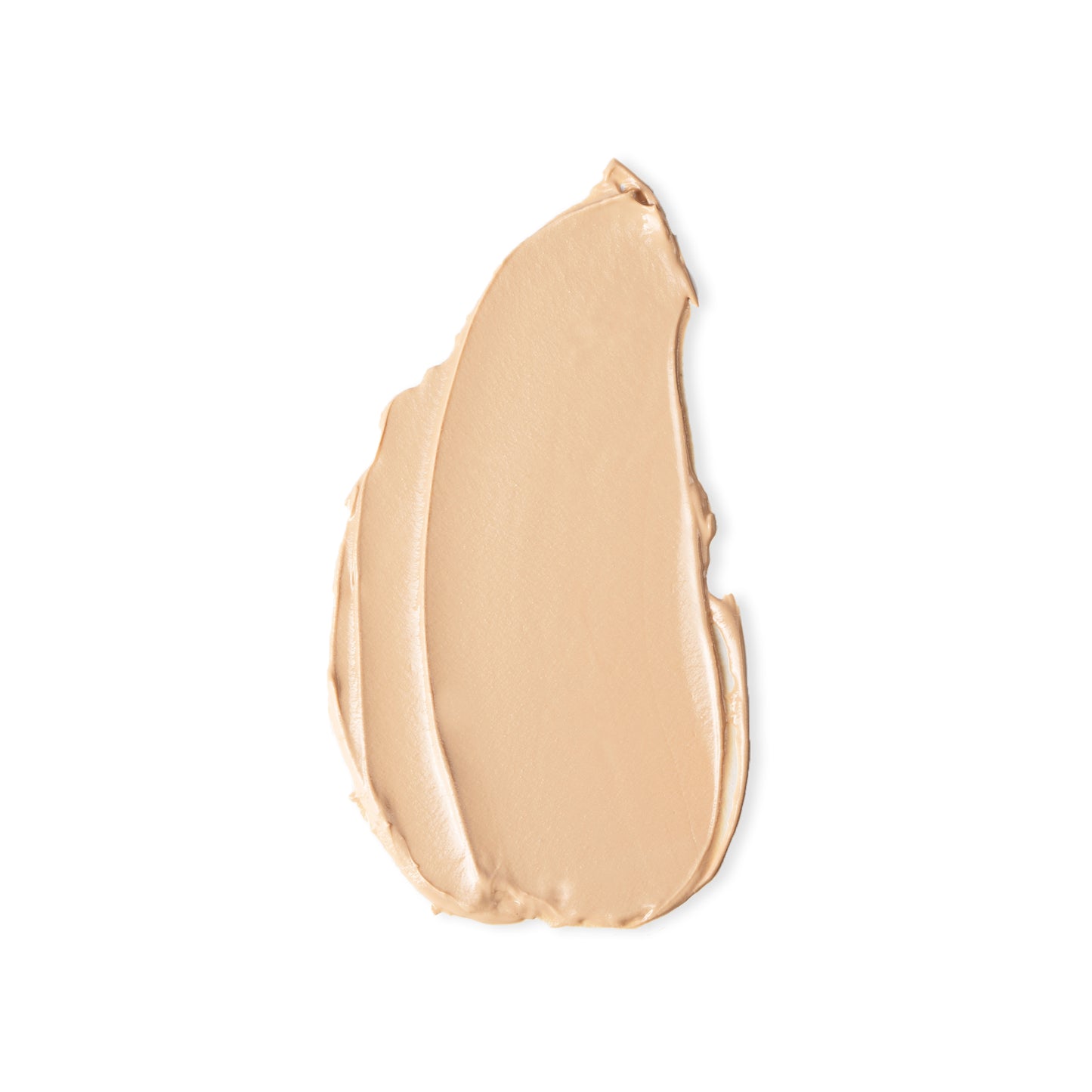
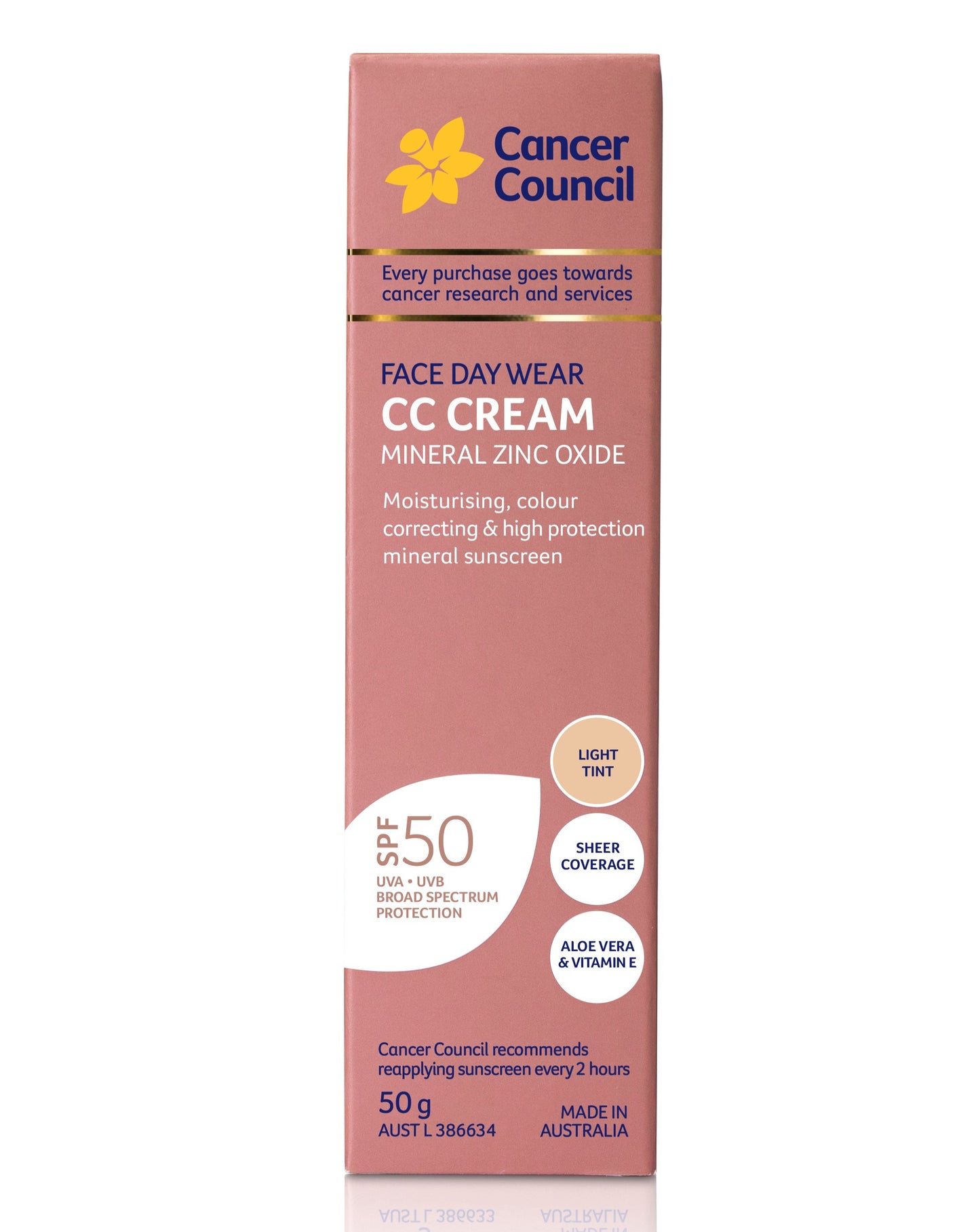
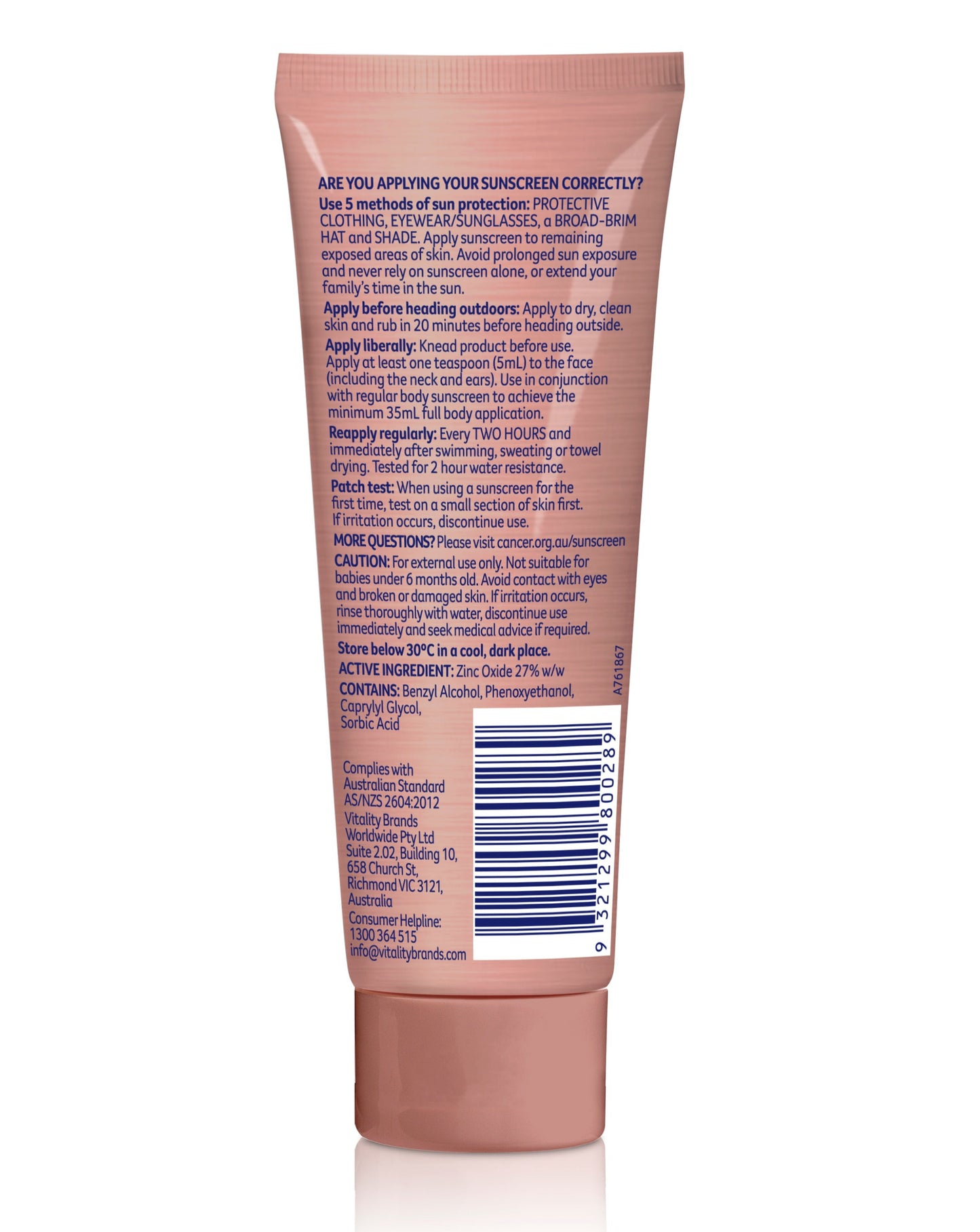
Applying sunscreen
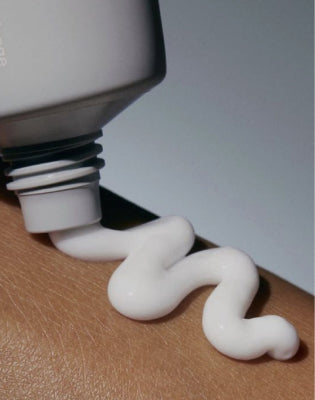
Use a generous amount of sunscreen. When applying sunscreen, you need at least one teaspoon for face. Don’t forget your neck and ears
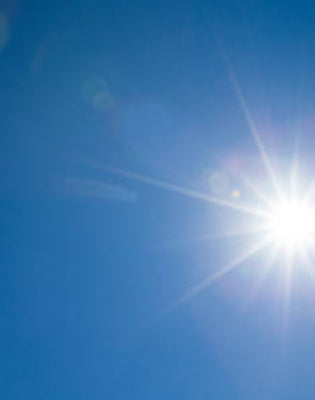
Sunscreen needs to be applied 20 minutes before going outdoors.
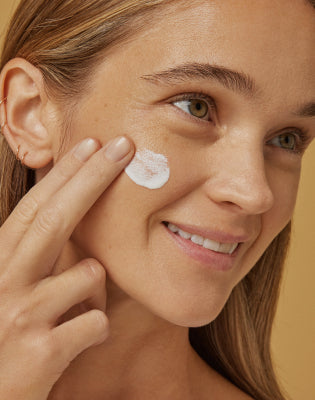
Sunscreen should be reapplied every two hours if you are spending time outdoors. As sunscreen can be easily wiped off, you should also reapply after swimming, sweating or towel drying.